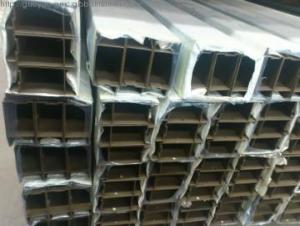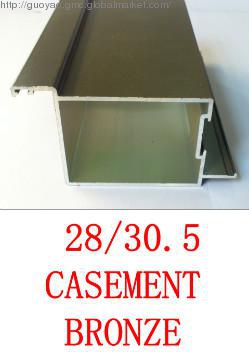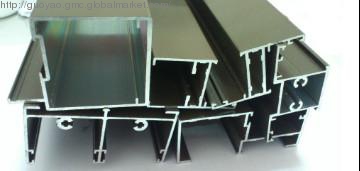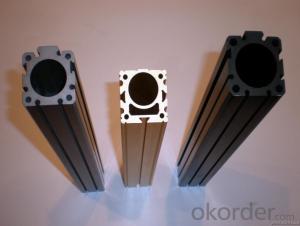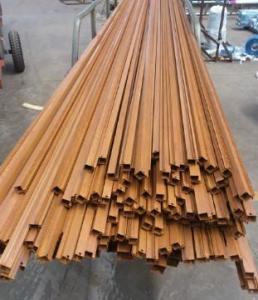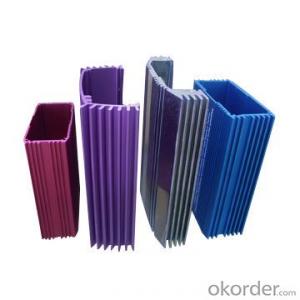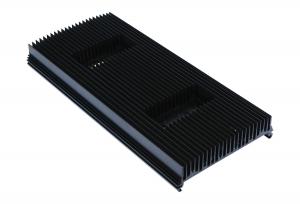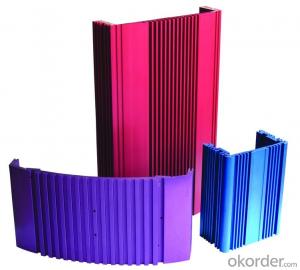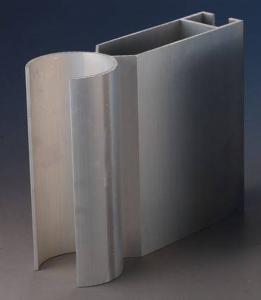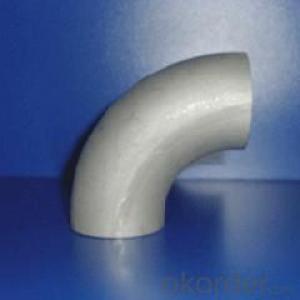Aluminum Profiles for South African Market - Canada
- Loading Port:
- China Main Port
- Payment Terms:
- TT OR LC
- Min Order Qty:
- -
- Supply Capability:
- -
OKorder Service Pledge
Quality Product, Order Online Tracking, Timely Delivery
OKorder Financial Service
Credit Rating, Credit Services, Credit Purchasing
You Might Also Like
we have been focusing on South African Markt
Matrial: 6063 T5/T6
surface:anodze and power coatin
Aluminium Profile
we have been focusing on South African Markt and have been working with SA customers
Matrial: 6063 T5/T6
surface:
Anodze 15/20 mircons
Power coating 70 mircons
Color: white, bronze and charcoal
- Q: How much does aluminum mold need?
- The cost of aluminum profile die is judged according to the size of the profile. The length of the profile diagonal and the length of the profile to be produced have direct influence on the die cost. For example, an outer diameter 60mm diameter 40mm of the aluminum tube, in general circumstances, open a diameter of 178mm, thickness of 120mm mold can be produced. But if you request that the length of the aluminum tube produced is 5 meters or longer, this should be a mold with a diameter of 220mm and a thickness of 138mm, so as to squeeze on a larger machine with a larger bar. Of course, this is only one, for example, specific questions should be analyzed in detail.
- Q: This question asks about the various applications of aluminum extrusions within the automotive manufacturing industry.
- <p>Aluminum extrusions are widely used in automotive manufacturing due to their lightweight, high strength, and corrosion resistance. They are utilized in several areas: 1) Structural components such as chassis, frames, and body parts to reduce vehicle weight and improve fuel efficiency. 2) Engine components to enhance engine performance and durability. 3) Heat exchangers and radiators for effective cooling systems. 4) Crash management systems to absorb impact during collisions. 5) Interior components like dashboards and door panels for lightweight and aesthetic appeal. 6) Electrical components such as battery casings and wiring harnesses. 7) Wheels and suspension components for improved handling and reduced unsprung weight. These applications contribute to the overall performance, safety, and efficiency of vehicles.</p>
- Q: What are the aluminum packaging methods?
- Aluminum is made from aluminum and other alloy elements. It is usually processed into casting, forging, and foil, plate, strip, tube, rod, section bar, etc., and then made by cold bending, sawing, drilling, assembling and coloring. The main metal element is aluminum, which is added with some alloying elements to improve the performance of aluminum.
- Q: This question asks if aluminum profiles can be recycled through existing recycling programs or facilities in the user's local area.
- <p>Yes, aluminum profiles can typically be recycled using existing recycling programs or facilities. Most recycling centers accept aluminum, and aluminum profiles are no exception. However, it's always a good idea to check with your local recycling program to confirm their specific guidelines and requirements. Some facilities may require aluminum profiles to be clean and free of any non-aluminum parts before recycling. You can also look for local scrapyards or metal recycling businesses that specialize in aluminum and may offer better rates for your aluminum profiles.</p>
- Q: Can aluminum profiles be used in the construction of stadium seating systems?
- Indeed, stadium seating systems can utilize aluminum profiles for their construction. Aluminum, being both lightweight and long-lasting, is frequently employed in a multitude of construction applications, including stadium seating systems. It presents numerous benefits, such as resistance to corrosion, a high strength-to-weight ratio, and ease of fabrication. By customizing and assembling aluminum profiles, seating structures that are sturdy, stable, and aesthetically pleasing can be easily created. Moreover, due to its lightweight nature, aluminum allows for simpler installation and transportation, making it a financially prudent choice for stadium seating systems. All in all, when considering their durability, versatility, and strength, aluminum profiles emerge as an appropriate selection for constructing stadium seating systems.
- Q: How much is the aluminium frame Aonaike surface over three thickness? And three prism specifications?
- The thickness of the aluminum profile is 1.8mm, and the size of the three prism is 136126100,80.
- Q: This question asks for a comparison of aluminum profiles with other materials regarding their weight and strength characteristics.
- <p>Aluminum profiles are known for their high strength-to-weight ratio, making them lighter than many other materials while maintaining significant strength. Compared to steel, aluminum is approximately one-third the weight but offers comparable strength, especially in alloy forms. When compared to plastics, aluminum profiles have greater rigidity and durability. They also resist corrosion and are more heat resistant than many plastics. However, aluminum profiles are generally more expensive than plastics and some steels. In summary, aluminum profiles offer a balance of low weight and high strength, making them suitable for applications where weight savings and structural integrity are crucial.</p>
- Q: Aluminum prices are calculated by the meter, or how to quote the ah?
- Yes, for example, today's aluminum price, 10340+ processing fee 4000=14340, in addition to 1000 is equal to 14.34 yuan /KG
- Q: Are aluminum profiles suitable for escalator handrails?
- Yes, aluminum profiles are suitable for escalator handrails. Aluminum is a lightweight and durable material that is commonly used in various applications, including escalator handrails. It offers excellent strength-to-weight ratio, corrosion resistance, and can withstand heavy loads and constant use. Additionally, aluminum profiles can be easily shaped and customized to meet the specific requirements of escalator handrails, providing a comfortable and ergonomic grip for users. Overall, aluminum profiles are a reliable and suitable choice for escalator handrails due to their strength, durability, and versatility.
- Q: Can aluminum profiles be used in the production of industrial machinery?
- Indeed, the utilization of aluminum profiles is plausible in the manufacturing of industrial machinery. These profiles possess qualities such as being lightweight, resistant to corrosion, and boasting a commendable strength-to-weight ratio. Consequently, they are deemed appropriate for a multitude of applications within the industrial machinery domain. The profiles can be employed to fabricate structural frames, housings, support brackets, and various other components integral to machinery. Furthermore, the malleability of aluminum profiles enables their facile extrusion into intricate shapes, thereby enabling customization and enhancing design versatility. The integration of aluminum profiles in industrial machinery contributes to the reduction of equipment weight, augmentation of energy efficiency, and overall enhancement of performance.
Send your message to us
Aluminum Profiles for South African Market - Canada
- Loading Port:
- China Main Port
- Payment Terms:
- TT OR LC
- Min Order Qty:
- -
- Supply Capability:
- -
OKorder Service Pledge
Quality Product, Order Online Tracking, Timely Delivery
OKorder Financial Service
Credit Rating, Credit Services, Credit Purchasing
Similar products
Hot products
Hot Searches
Related keywords
